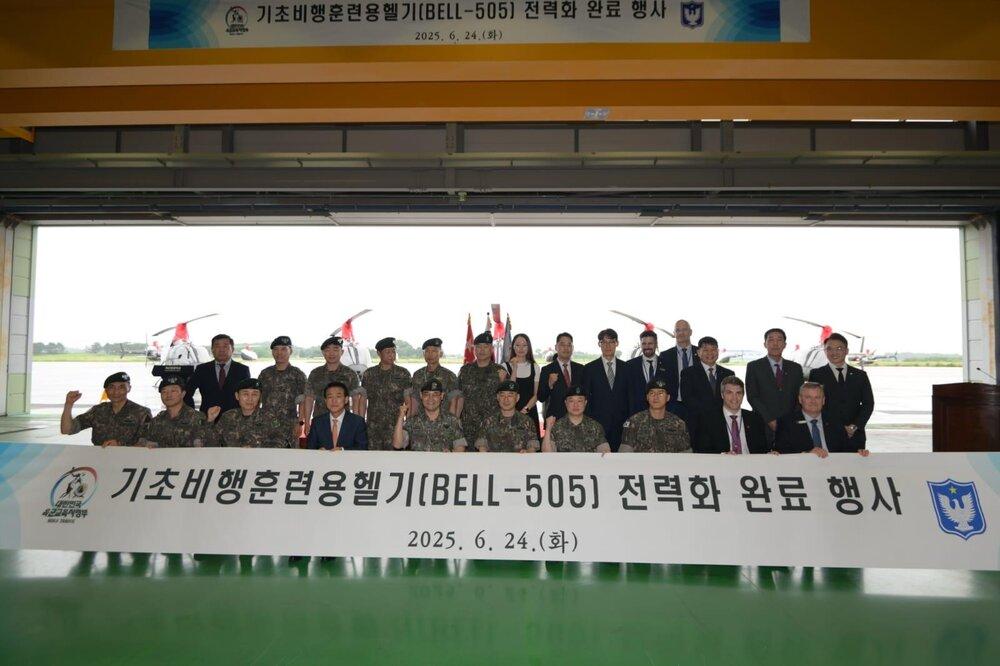China has set a new domestic benchmark in unmanned aerial endurance, with a 50kg-class hydrogen-powered drone completing a continuous 30-hour flight. Developed jointly by Chengdu Aircraft Industrial Group (CAIG), under the state-owned Aviation Industry Corporation of China (AVIC), and Tsinghua University, the drone now ranks among the best internationally in terms of flight duration for its class.
AVIC announced on Tuesday that the programme marks a breakthrough in the integrated design of flight, propulsion, and control systems, leveraging the specific output characteristics of hydrogen fuel cells. The development is viewed as a key step towards expanding the operational potential of drones within China’s growing low-altitude economy.
Notably, the aircraft employed an innovative autonomous takeoff method, using an unmanned ground vehicle and an aerial vehicle system that demonstrated capability even in non-standard runway conditions.
Equipped with an electro-optical payload, the drone is designed for ground patrol and surveillance missions. Real-time telemetry and imaging are transmitted through a 5G onboard module using public network resources, enabling dynamic remote monitoring.
Industry insiders have pointed to its potential applications in emergency communications, environmental monitoring, and border patrol. In disaster response scenarios, the drone’s extended endurance would allow for continuous real-time observation of affected areas. Within smart city frameworks, combined with AI algorithms, the aircraft could also be deployed to monitor and identify regulatory violations, triggering automated responses.
Hydrogen-powered drones are drawing increased interest worldwide, offering significant advantages over traditional battery-powered systems. Higher energy density, longer endurance, and zero emissions align with global goals for greener aviation solutions. According to sector specialists, achieving a 30-hour continuous flight places this drone in a stronger position to take on complex, wide-area missions — and contributes essential hardware for advancing China’s ambitions in low-altitude economic zones.
Shi Xin, from the State Key Laboratory of Catalysis at the Chinese Academy of Sciences, noted that hydrogen fuel cells for aviation are markedly different from those developed for automotive use. Aircraft systems must prioritise lightweight structures, high energy density, long endurance, and reliable performance in ultra-low temperatures.
Globally, the field remains competitive, with key players including South Korea’s Doosan Mobility Innovation, UK-based ISS Aerospace, Japan’s Drone Works, Israel’s Heven Drones, and US firm AeroVironment, which tested the world’s first liquid hydrogen-powered drone in 2005.
Driven by the technology’s market promise, several Chinese companies are now advancing their own hydrogen drone research and production lines. According to CAIG, the new drone will broaden the application scenarios for hydrogen propulsion in unmanned aviation and contribute positively to new business models in the low-altitude economy and green aviation sectors.





